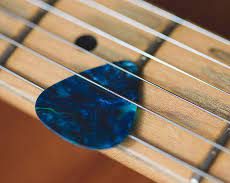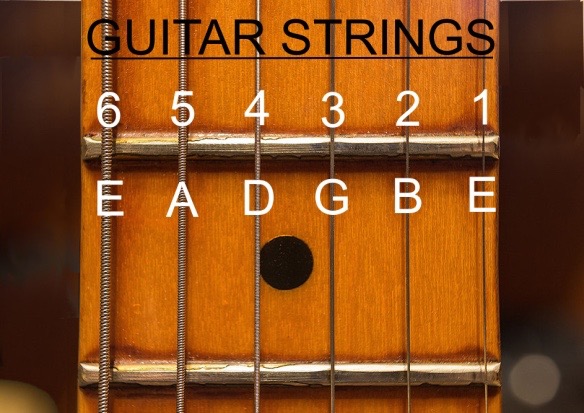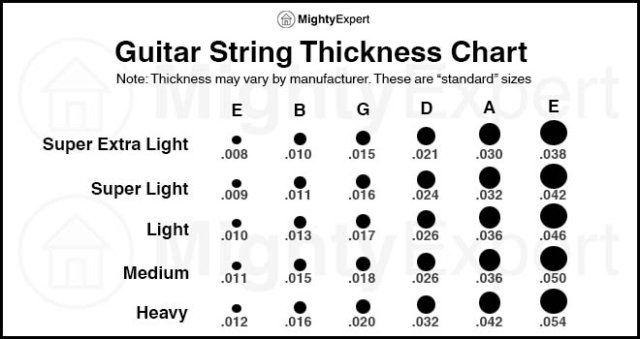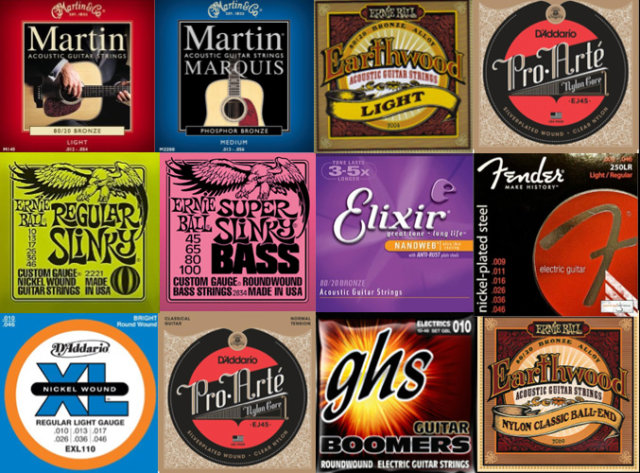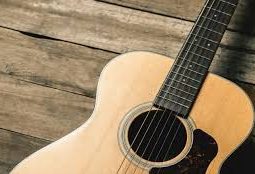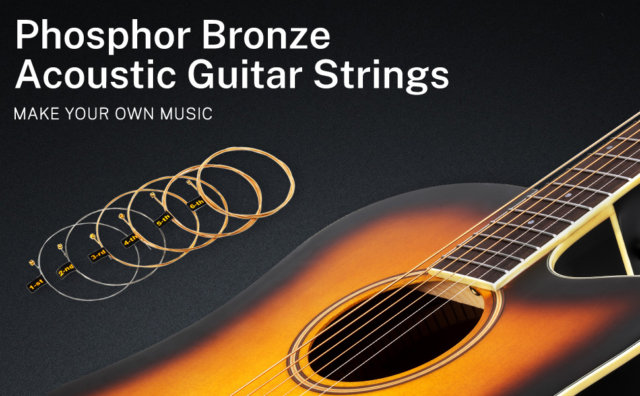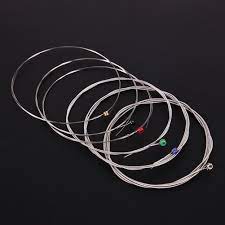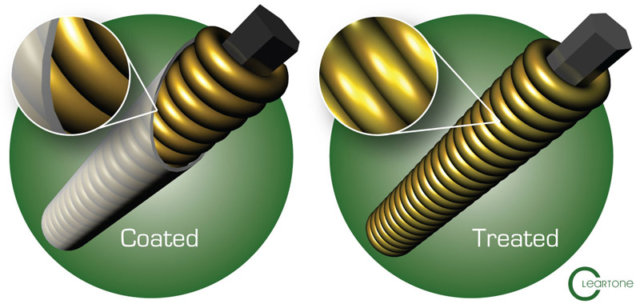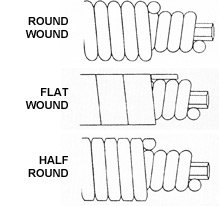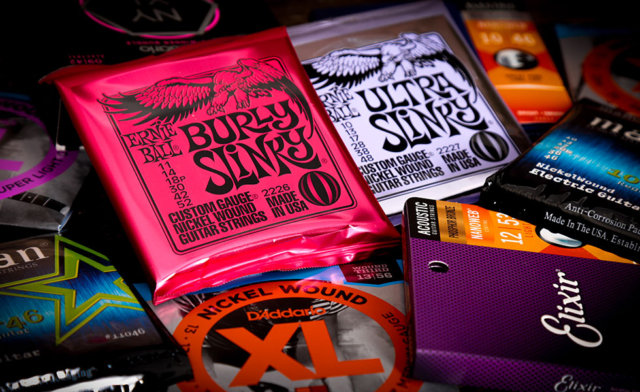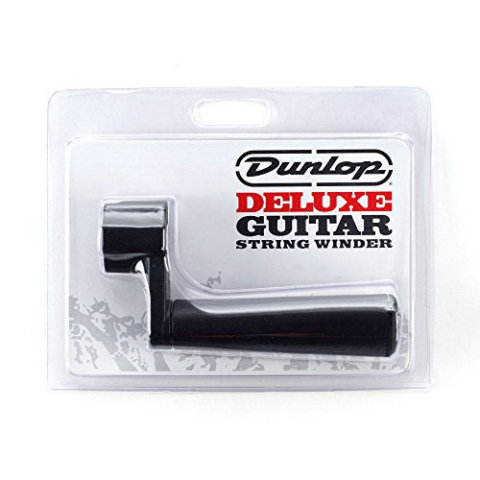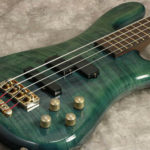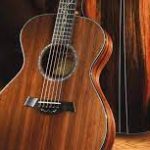Everyone who first takes a serious interest in guitar wants to know what the string order is in terms of musical notes and why they’re arranged in that way.
By adding a string or two, shortening the neck, and arranging them in a Perfect 4th Interval you can increase the speed of playing and reduce strain on the hands and wrists. Other interval layouts were tried but had some harmonic problems. The order is EADGBE, from the lowest (bottom) string to the highest.

